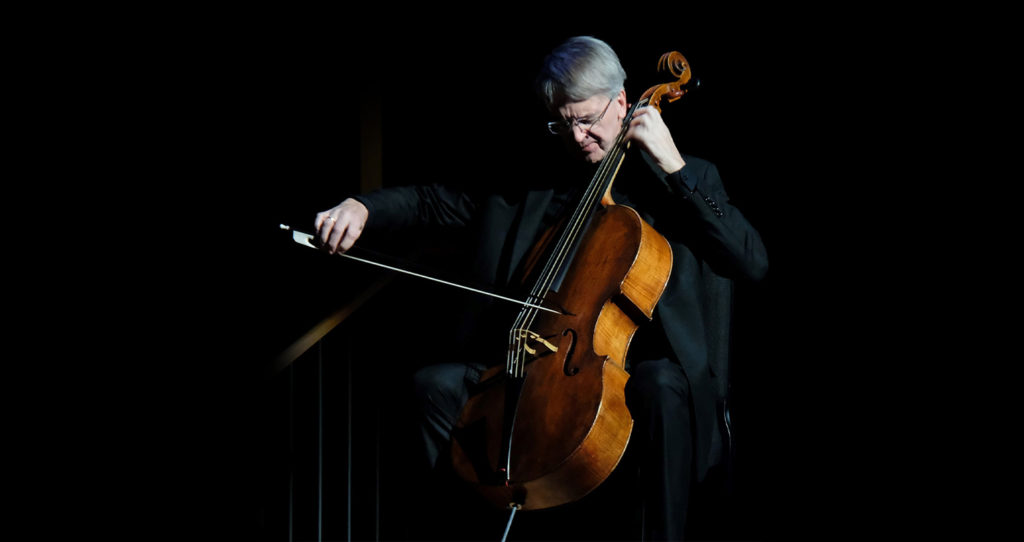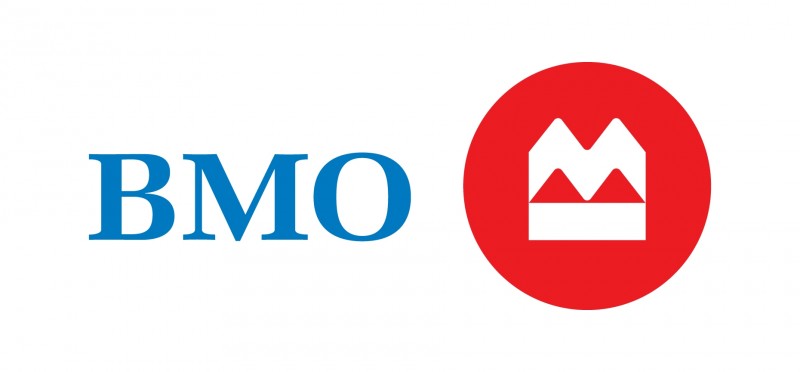Classical Revolution: Bologne & Mozart
Online premiere: April 7, 2022 at 8pm ET
Leila Schayegh, guest director and violin soloist
Marcello Gatti, flute soloist
Andreas Jakob Romberg
1767–1821
Symphony in D Major, op. 22 (1808)
Adagio – Allegro assai
Menuetto: Allegretto
Andante affettuoso
Finale: Allegro
Joseph Bologne
1748–1799
Violin Concerto in D Major, op. post., no. 2 (1799)
Allegro
Adagio – Andante
Rondo
Leila Schayegh, violin soloist
Wolfgang Amadeus Mozart
1756–1791
Andante for flute & orchestra in C Major, K.315 (1778)
Marcello Gatti, flute soloist
Symphony no. 39 in E-flat Major, K.543 (1788)
Adagio – Allegro
Andante con moto
Menuetto: Allegretto
Finale: Allegro
Tafelmusik Baroque Orchestra
Leila Schayegh, guest director
| Violin I | Leila Schayegh, Patricia Ahern, Elizabeth Loewen Andrews, Julia Wedman, Christopher Verrette |
| Violin II | Cristina Zacharias, Chloe Fedor, Geneviève Gilardeau, Valerie Gordon |
| Viola | Patrick G. Jordan, Matt Antal, Brandon Chui, Emily Eng |
| Violoncello | Keiran Campbell, Margaret Gay, Matt Zucker |
| Double bass | Pippa Macmillan, Max Kasper |
| Flute | Marcello Gatti |
| Oboe | John Abberger, Marco Cera |
| Clarinet | Tindaro Capuano, Maryse Legault |
| Bassoon | Dominic Teresi, Stephanie Corwin |
| Horn | Pierre-Antoine Tremblay, Micajah Sturgess |
| Trumpet | Stephen Marquardt, Norman Engel |
| Timpani | Ed Reifel |

The morning of the filming of this program we learned of the death of Tafelmusik cellist Allen Whear. It was a privilege to play this music for our dear friend and colleague. He had a passion for music of the classical period, and his spirit imbued our playing.
This film is dedicated to Allen’s memory.
Guest artists
Leila Schayegh, guest director and violin soloist
Leila Schayegh is among the most visible violinists in the early music scene, with a busy international career. She has developed a close collaboration with Jörg Halubek, harpsichordist, organist, and director. Their 2016 recording of Bach’s six obbligato sonatas was awarded numerous prizes. Her collaboration with director and harpsichordist Vaclav Luks led to the recordings of Benda’s violin sonatas and Mysliveček’s violin concertos. She plays regularly with Gli Angéli Genève (directed by Stephan MacLeod), notably in the almost complete series of Bach’s cantatas. She’s recently expanded her repertoire towards the classical and romantic period, and has recorded the Brahms violin sonatas with Jan Schultsz. In 2020 she recorded Bach’s famous Sonatas and Partitas, and the complete Leclair violin concertos with La Cetra Basel has just been released.
Born in Winterthur, Switzerland, Leila is professor of baroque violin at her alma mater, the Schola Cantorum Basiliensis, as successor of her teacher Chiara Banchini.
Marcello Gatti, flute soloist
Born in Perugia, Italy, Marcello Gatti has performed throughout Europe, North America, Japan, Australia, and the Middle East. He has an extensive discography, and appears with Accademia Bizantina, Zefiro, Europe Galanta, Cantus Cölln, Le Concert des Nations, and Amsterdam Baroque Orchestra, among many others. Marcello studied modern flute at the Conservatory in Perugia, and period flute at the Royal Conservatory in The Hague. He currently resides in Salzburg, where he teaches renaissance, baroque, and classical flute at the Mozarteum.
We welcome both Leila and Marcello in their Tafelmusik debuts.
Program Notes
by Charlotte Nediger
This is Tafelmusik’s first concert with a full classical orchestra in almost three years, and it was with great excitement that we started to think about possible repertoire. It seemed the perfect opportunity to celebrate with a concert of firsts: an entire program of pieces we’ve never performed before. At the helm is a new guest director, the wonderful violinist Leila Schayegh. With the recent re-issue of our recording of music by Joseph Bologne, Chevalier de Saint-Georges, it is the ideal opportunity to animate the many discussions we’ve been having around his life and work by including one of his brilliant violin concertos. We then looked to the symphonic repertoire, and realized with astonishment that Tafelmusik had never played Mozart’s Symphony 39. That seemed unthinkable: in fact, we all assumed that we had—until we checked the records of our performances. Clearly this was an omission that was long overdue for correction! Now with an orchestra on stage that includes clarinets, trumpets, and timpani, it is the perfect excuse to add our oboists and play music by Andreas Romberg, a composer who is new to Tafelmusik, but who in the early 19th century was listed with Haydn, Mozart, and Beethoven as a major symphonist. The exquisite Mozart flute Andante is, well, the icing on the cake.
Romberg Symphony in D Major
Andreas Jakob Romberg was born in 1767 into a family of musicians, and was raised alongside his cousin Bernhard Heinrich in Münster. They did concert tours as teenagers to Frankfurt and Paris, Andreas on violin and Bernhard on cello. In 1790 they joined the electoral orchestra in Bonn—in the viola section was Beethoven, just a few years younger than the cousins. Their reputations as soloists led to extended tours to Italy and a visit to Vienna, where they befriended Haydn and performed with Beethoven. Bernhard was the more outgoing and more ambitious performer of the pair, and continued to travel throughout Europe, while Andreas turned his attention to composition, settling first in Hamburg, and then in Gotha.
He composed large-scale choral works, numerous violin concertos, and a wide range of chamber music for strings, but his most popular works were his nine symphonies. The final symphony, op. 22, was completed on December 24, 1806, and was premiered in Leipzig in the spring of 1808, where it was described as: “An excellent symphony that is as skillfully written as it is gripping, and above all of a purity and perfection of execution that is rarely heard” (Leipziger Allgemeinen musikalischen Zeitung). It was published a few months later, and several years after it was written was still cited as a favourite of many orchestras and concert societies. This popularity is attested by the publication of several arrangements to be played by enthusiasts at home: for piano four hands, as well as for solo piano, and as a quartet for piano, flute, violin and cello.
The symphony is new to most listeners today, and was new to us. It is perhaps best introduced by the reviewer of the premiere in the delightfully named Zeitung für die elegante Welt [Journal for the elegant world] of November 1808:
Our Andreas Romberg’s new symphony was recently heard at the Leipzig concert to general applause. A solemn, short Adagio in D minor serves as an introduction. Then a cheerful Allegro assai in D major sweeps the listener away with beautiful and affecting gestures. The following Minuet leads agreeably to a skillful Andante affettuoso in G major; a fiery Allegro Finale in D major closes this splendid symphony. Free from artifice, excess, and tedium, from the sought-after and the merely shocking, without garish contrasts, it instead distinguishes itself by filling its sphere, easily and openly, with beautiful harmony.
Zeitung für die elegante Welt
Our score and performing material for the Romberg symphony has been edited by Tafelmusik from original parts published by A. Kühnel in Leipzig in 1808, provided by Musik- och theaterblioteket in Stockholm, Sweden.
Bologne Violin Concerto in D Major
Joseph Bologne was born in Guadeloupe in 1745, the son of French plantation owner George Bologne and Nanon, the enslaved Black woman who served George’s wife. In 1753 the family, including Nanon and the young Joseph, left for France, settling in Paris. An exceptionally gifted athlete, Joseph seemed destined for a military career, and was given the title of Chevalier de Saint-Georges, but at some point his musical talents became increasingly apparent. His father was a notable patron of music, and among the many dedications he received from composers was that of Stamitz’s Orchestral Quartets op. 1, who thanks George “for his invaluable gift in the person of his son.” Joseph made his solo debut as a violinist with the Concert des Amateurs in 1772, performing two of his own concertos, op. 2. Just a year later he took over direction of the orchestra, considered one of the finest in Europe, and in 1781 Bologne founded its successor, the Concert de la Loge Olympique. Bologne’s success as a violinist, director, and composer was unquestioned, but his life as a Black man was not without challenges, including being rejected as Music Director of the Académie royale de musique (known today as the Paris Opera) because of his race.
The last decade of Bologne’s life was dominated by the Revolution, his musical career all but abandoned. The Violin Concerto selected by Leila Schayegh for this program was published posthumously by the French publisher Pleyel in 1799, proof that his renown as a musician had not faded. It is likely that it was composed for performance with one of his orchestra in the 1770s or 1780s, and features his trademark use of the highest positions on the violin and virtuosic string crossing. Bologne was also known for the expressivity of his playing, and his lyricism is apparent in the simplicity of his slow movements. The middle movement of this concerto opens with an somewhat exotic Adagio (with a nod to Vivaldi’s “Summer”), before settling into a tuneful Andante of an almost folk-song simplicity. In the final Rondo it is easy to imagine the elegance of pre-Revolutionary France.
The extraordinary life of Joseph Bologne has come to the fore in the last few decades: a Black classical composer and violinist, Europe’s leading swordsman (who turned to his épée to replenish his finances when needed), and a passionate fighter for human liberty and equality.
Mozart Andante in C Major
There are numerous pieces in Mozart’s oeuvre that linger in the ear after first hearing, and to which so many of us turn at moments of wistfulness, joy, sorrow … and the C-Major Andante for flute and orchestra is one of them. It is not known when or for whom Mozart composed the piece. It is possible that it was written as a alternative for the slow movement of the G-Major Flute Concerto composed for Johann Baptist Wendling in Mannheim in 1777. It is in any case the perfect vehicle for introducing the Italian flutist Marcello Gatti both to the orchestra, and to you, our audience.
Mozart Symphony no. 39 in E-flat Major
In the summer of 1788, Mozart composed what were to be his final three symphonies, numbers 39 to 41. They were written in just six weeks, and there is no extant evidence of a commission, or an imminent concert series on which they were to be performed. This has led to conjecture that Mozart was inspired to write them as art for art’s sake. Mozart scholar Neil Zaslaw believes this is highly unlikely, given the circumstances of his financially strapped household at the time, but concedes that inspiration may have been why he wrote them so well. George Bernard Shaw was to describe these three works as “the last word of the 18th century,” with “19th-century music advancing in the distance.” There does seem to be something both summative and forward looking in the three works, from the festive E-flat Major (39), to the passionate G Minor (40), and the triumphant C Major “Jupiter” (41).
Symphony 39 can be seen as holding a mirror to the 18th century. In the grand opening we find a French baroque overture, with its dotted rhythms and sweeping runs, all leading to a suave Allegro in which it’s easy to imagine playing from the opera pit, as characters and intrigues come and go (E-flat major was a key favoured by Mozart for the Countess in Figaro, and Donna Elvira in Don Giovanni). The galant spirit of Haydn seems to inhabit the Andante, from its elegant opening to the surprising interruptions of stormy outbursts. A grand courtly Minuet leads to a Trio which is based on an actual Ländler (a traditional Austrian folk dance), played by rustic clarinets. Did Mozart have this already in mind when he scored the entire symphony for clarinets in place of oboes? The wit of the spirited Finale is often described as “Haydnesque.” In the midst of the boisterous energy, the musicians find themselves confronted with daring enharmonics: the flats suddenly turn into sharps, and vice-versa, leaving one feeling momentarily a little dazed, leading to a few musical tantrums—but all in good humour.
CONNECTIONS
While writing these notes, my mind started to wonder about connections between these composers. The Romberg cousins played numerous concerts at the Concert Spirituel in Paris as teenagers. Did Bologne hear them play, the young upstarts from Germany? Quite possibly. Even more likely is that they heard Bologne play: surely they would have jumped at the chance to hear the brilliant violinist/athlete. A few years before this imagined meeting we know that Mozart heard Bologne play in Paris, inspiring the young Austrian to compose a Sinfonia Concertante modelled on those of Bologne. The Rombergs met Haydn and Beethoven in Vienna in 1796, but Mozart had died five years earlier. And yet what should appear verbatim in the closing bars of the last movement of Andreas Romberg’s D-Major Symphony but a passage from Mozart’s “Haffner” Symphony, composed when Andreas was just 15. We can say, then, that Romberg and Mozart met in a musical score, if not in person.
Thank You to our Generous Donors
Tafelmusik is deeply grateful to our generous donors who have continued to support us through this challenging time. Your support has inspired us to remain strong and to deliver joy to our community through our music, and will enable us to persevere until we can once again perform live for you, our cherished patrons. Thank you for believing in Tafelmusik and in the power and beauty of music.
If you would like to make a gift, please click here or contact us at donations@tafelmusik.org.
Season Presenting Sponsor

Thank you to our government sponsors




